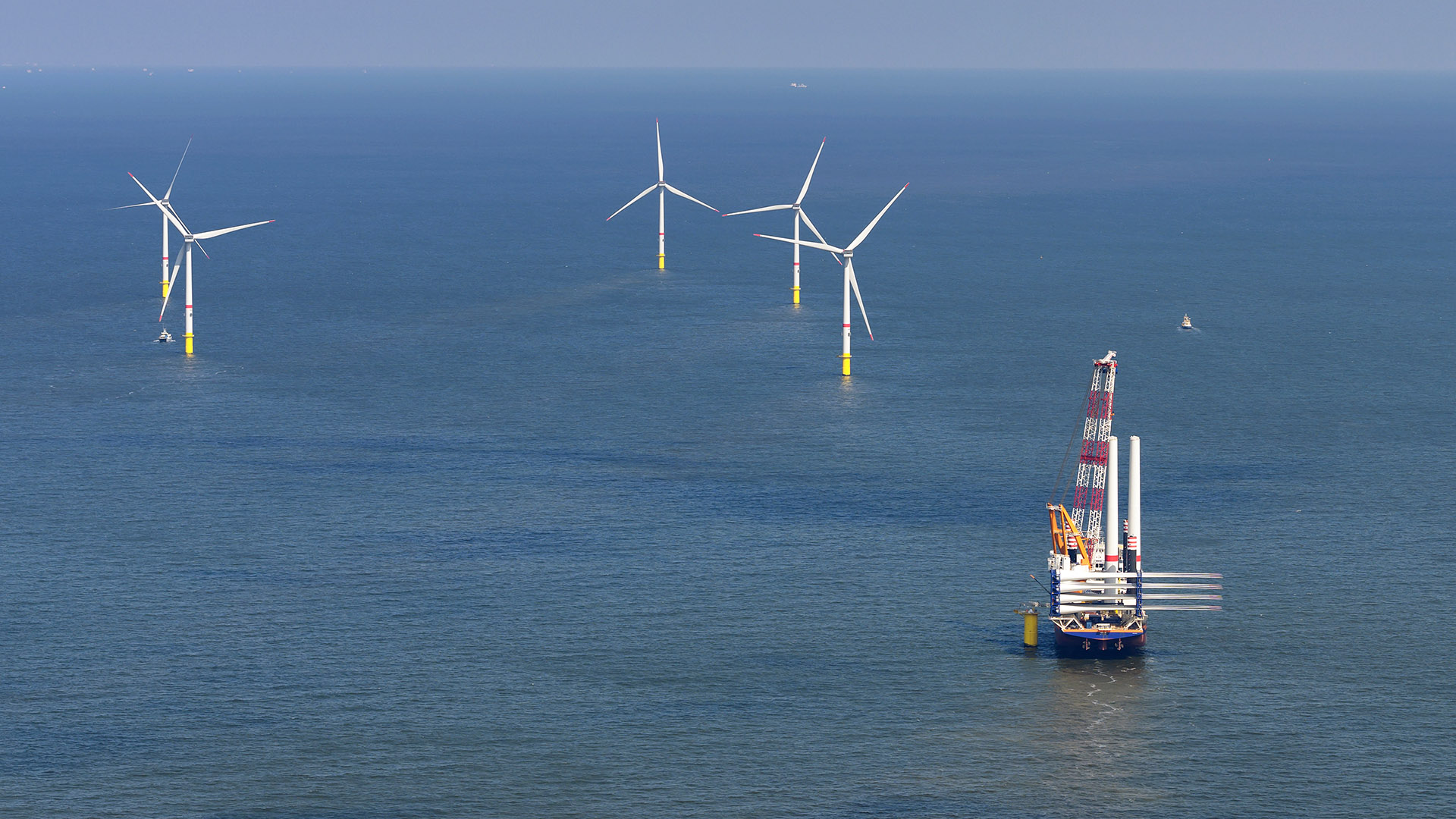Pipeline infrastructure continued to dominate the news cycle this week as lawmakers spared over amendments related to the Keystone XL pipeline during negotiations on the COVID-19 relief legislation.
Meanwhile, a coalition of 14 Republican attorneys general are calling for President Biden to reinstate the permit that allowed the Keystone XL pipeline to cross the Canadian border, hinting that they will pursue legal action if he does not. But it isn’t just Republicans who continue to oppose the cancellation of the Keystone XL pipeline – Democratic Senator Joe Manchin made headlines this week for his recent letter to the Biden Administration urging the President to reconsider his shutdown of the project.
Amid all of this debate, oil edged higher this week on hopes that the next stimulus package will boost the economy and fuel demand, while supplies tighten due to output cuts.
And with all of this news it’s almost easy to forget that the the Tampa Bay Buccaneers won the Super Bowl and the moment when Tom Brady threw the Super Bowl trophy across the water to fans on a neighboring boat.
With another busy week behind us, be sure to check out our five favorite stories and stay current on all things energy.
“Energy Island” is on the horizon in Denmark
The Danish Energy Agency plans to build the world’s first “energy island,” a 30 acre structure off the coast, which will be used to generate wind power. My Modern Met reports that initial plans suggest the wind turbines on the island will have a capacity of three gigawatts, about the amount of energy used by three million European households.

Hills could soon be used as giant batteries
A U.K.-based startup is developing a way to use hills in energy storage. While a similar concept has been used by existing hydropower plants that pump water up mountains and release it when needed to spin turbines, this new process makes it possible to use smaller hills by pumping a dense fluid that’s two and a half times denser than water. Fast Company explains how the ability to utilize smaller hills makes this process of energy storage feasible in more areas of the world than ever before.
Artificial ‘blowhole’ a viable renewable energy source?
Researchers are experimenting with an artificial “blowhole” to generate renewable power by harvesting wave energy pushed through an oscillating water column. The movement of air created during this process spins a turbine that produces electricity. Digital Trends reports that if the trials go as planned, the new approach could be used to generate energy along Australia’s southern coast, and possibly the U.S.
New flexible solar panels bend in half without breaking
Korean engineers have developed prototypes of solar cells that are fully foldable and can withstand over 10,000 folding cycles without breaking. New Atlas reports that increased flexibility opens the door to using solar energy in new ways, including within vehicles, phones, indoor devices and even clothing.
Catalyst turns mixed plastic waste into natural gas
Researchers have discovered a catalyst that can be used to efficiently convert plastic waste into methane. Chemistry World reports that while recovering chemicals and fuel from plastic has been done previously, this new process may prove to be more efficient and require less processing and purification.